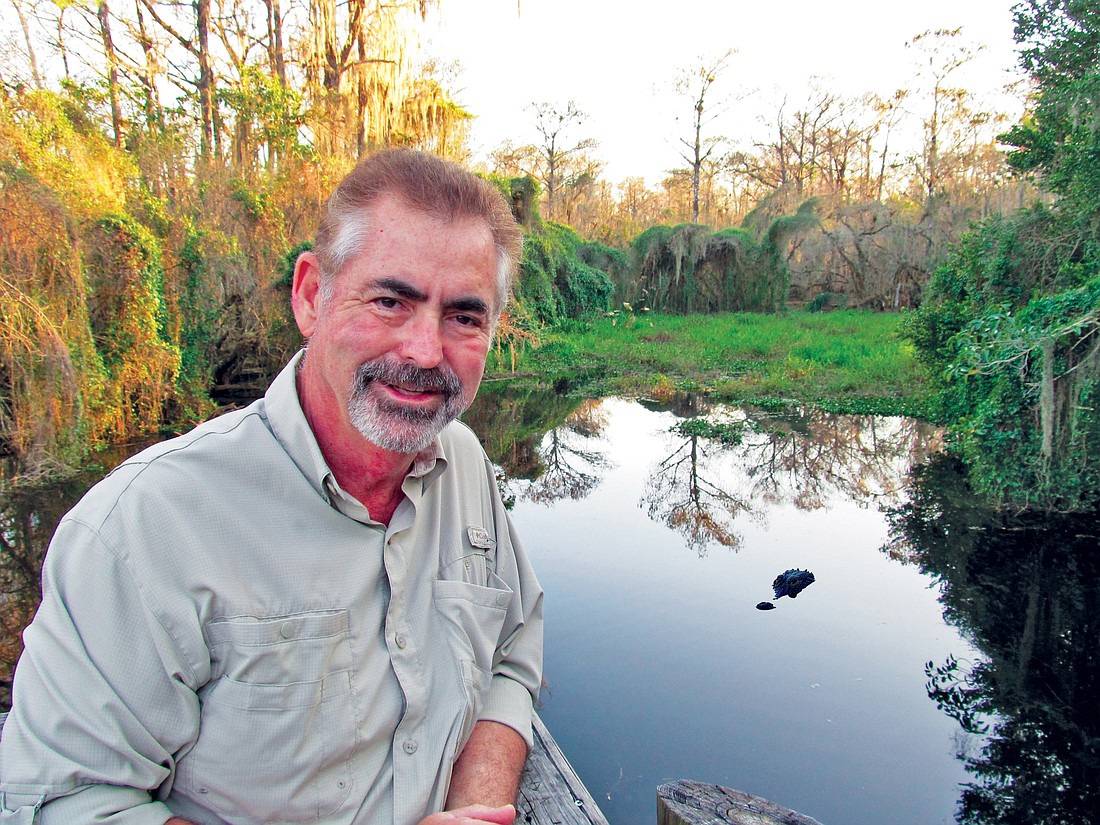- April 18, 2024
-
-
Loading

Loading

Through past articles that I have written for the East County Observer, perhaps some of you know I am a photographer and enjoy wildlife photography first and foremost. One of my goals as a photographer is to help educate the public regarding Florida wildlife. For example, I love to show how much more the state of Florida has to offer than just great beaches.
Florida actually affords some of the best opportunities for bird photography in the world. In particular, our Bradenton/Sarasota area provides some of the finest photographic locales in the state, with its many rookeries and parks, chiefly Myakka River State Park. Our winter season brings a migration of several species from the north and is also the prime breeding season for local species.
Capturing the mating rituals, the nesting behavior and the ultimate birth and fledging of the young is a delight for both amateur and professional photographers. I love to share my joy for getting out into nature and capturing animals in their natural settings, especially while they are engaging in some sort of natural behavior.
I offer several workshops and adventures throughout the year in Florida. During these field trips, the one thing I stress to my students is to capture something different, so the resulting response to the image is “wow!” All my former students know that my mantra is: “Anyone can take a picture of a bird on a stick; only good photographers capture the essence of the subject.”
To capture the “essence,” one must try to understand the subject. Photographers should be asking themselves questions such as: “Why do these birds come to the same rookery year after year to roost and breed? Why do great white egrets have black feet and yellow beaks, whereas snowy egrets have black beaks and yellow feet? Why does an owl make no noise when it flies? How does a male alligator make water “dance” on its back during mating season?”
I believe these are all questions that should be going through a photographer’s mind, along with capturing the image.
During my Photo-Boat Photography Tours, I enjoy observing the photographers onboard my boat. I remember watching a photographer last year who set her camera down periodically as she observed the interactions of the different birds before taking another shot. To me, this is the mark of a great photographer. She was studying the birds and was then able to plan and set up her next shot. Not only did she capture the shot, she enjoyed the experience.
In summary, to enhance your photographic experience, learn about your subjects.
For a final example — it may be helpful to know that great blue herons start nest-building in late fall, whereas the great white egrets start building their nests in late winter. There are few more unpleasant ways to spend a hot July afternoon than sitting in the sun waiting for a great blue heron to start building its nest!
Bob Salyers is a professional photographer and hosts photography adventures locally including the “Photo-Boat,” as well as trips to the Florida Everglades, The Great Smoky Mountains National Park, Yellowstone National Park and Costa Rica. Visit Bob Salyers on Facebook at Facebook.com/photographyadventures or email to [email protected].